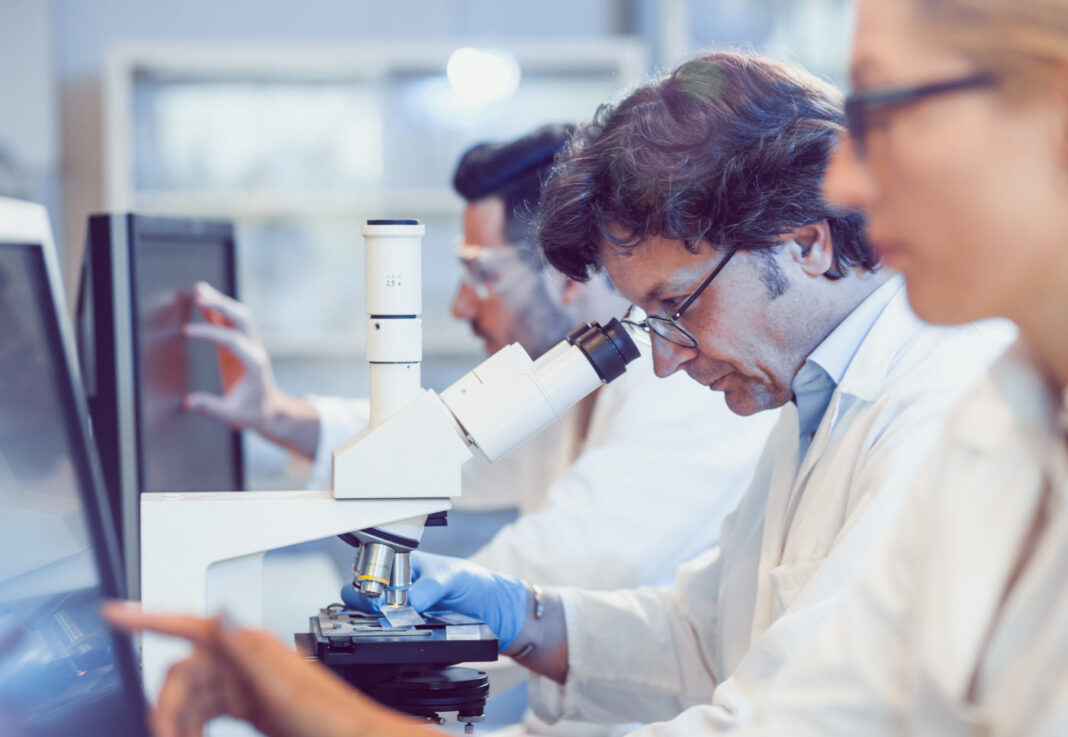A tendency to aggregate limits the therapeutic use of IgG2 antibodies, but that could change. Although most of the approved antibody-based therapeutics come from the IgG1 isotype, scientists at Kyowa Kirin developed a method that reduces aggregation in bioprocesses with IgG2 antibodies. With the global market for antibody-based therapeutics potentially growing to $300 billion by 2025, it’s worth investing in more opportunities to make these drugs.
Seiji Saito—a Kyowa Kirin scientist in the company’s antibody and biologics research laboratories—and colleagues wrote: “Although some IgG2 subclasses have been clinically tested and approved for therapeutic use, they have a higher propensity than IgG1 for aggregation, which can curtail or abolish their biological activity and enhance their immunogenicity.”
To reduce the aggregation tendency of IgG2, the Kyowa Kirin team built an IgG2 with the constant domain from an IgG1. That reduced aggregation. The team also replaced three amino acids in the IgG2 domain, which reduced aggregation at low pH.
When asked how much this process could be scaled, Saito said, “I believe our engineered IgG2 antibody will decrease the aggregation level against low-pH stress with the commercial level.” Regarding what antibodies could be improved with this engineering, Saito added, “Our stabilized IgG2 antibody has generalizability even if the Fab changes.”
The team concluded: “Our engineered human IgG2 antibody showed reduced aggregation during bioprocessing and provides a basis for designing improved IgG2 antibodies for therapeutic applications.”


